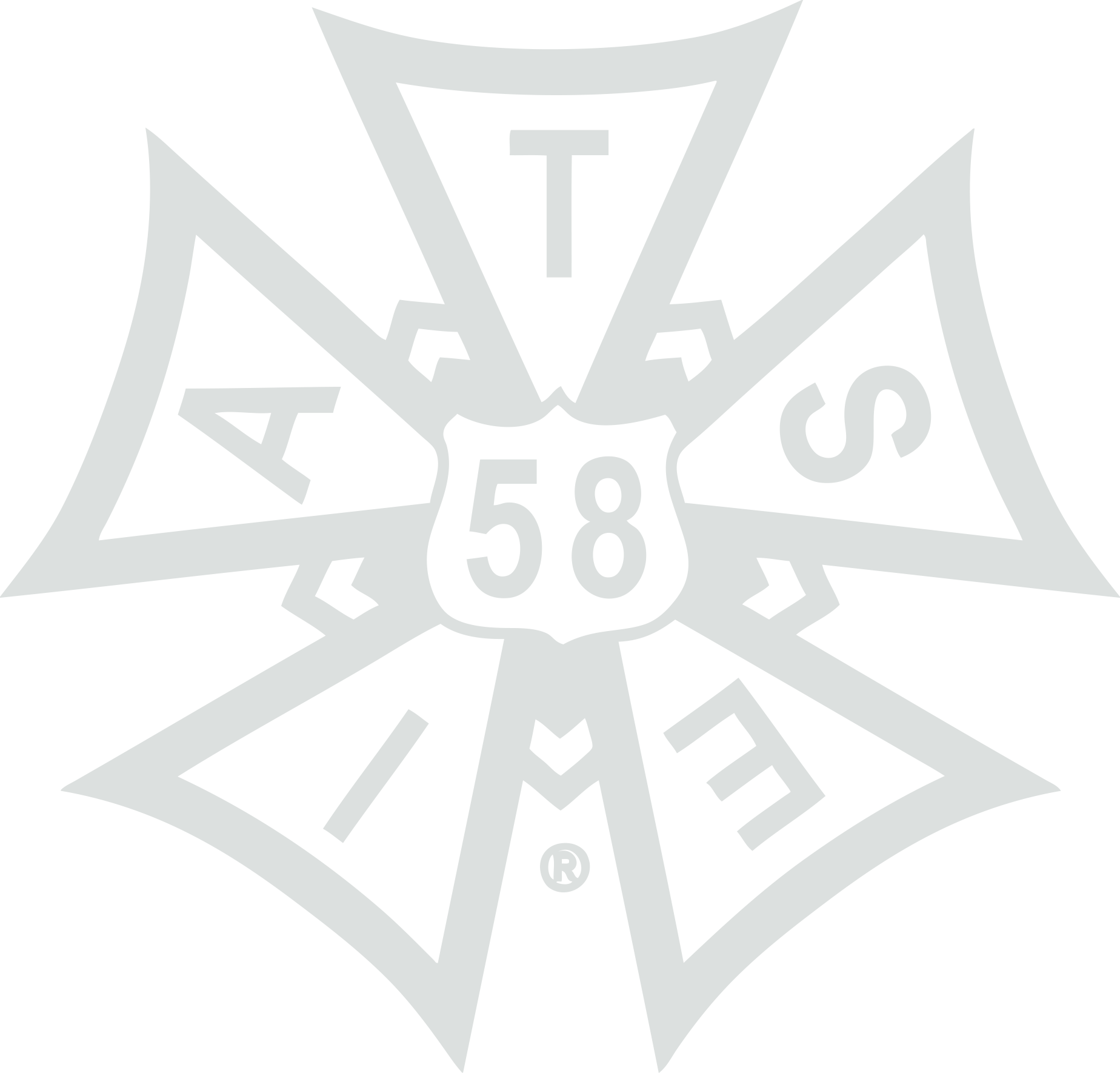Thomas C. Scott was a House Man. He was the Gas Engineer in charge of the fixtures that lit the stage at The Grand Opera House and he was a Charter Member of Local 58. He left behind a richly detailed record of his working career that spanned more than three decades. (Known as the Thomas Scott Collection, it resides in the Special Collections at the Metropolitan Toronto Reference Library). Although Scott loved his work, for many of the same reasons that we do today, the conditions under which stagehands laboured, were extremely difficult. The wages were poor and the hours long and strenuous. Of necessity, most of the men also held down ‘day jobs’. For some of the men, alcohol became an everyday way of dealing with the harsh reality of their working life. Safety hazards were numerous and no form of sickness or injury insurance was in place. Volatile chemicals such as ammonia, sulphuric acid and bichromide of potash were used to create theatrical lighting effects. Before the advent of centralised delivery of gas, the fuel was actually created and stored on the premises in large tanks which Thomas Scott called the theatre’s “dark secret”. Ventilation was poor. Fires were common and often fatal because the buildings were constructed from wood with scant provision made for fireproofing or fire escapes.
In 1879, following a performance of “MACBETH”, the Grand Opera House burned to the ground. Scott himself narrowly escaped death by sliding down a peaked roof and dropping to the ground. However, the Stage Carpenter and his family who resided in an apartment over the theatre, died in the blaze. A few years later, the Royal Opera House also burned to the ground. Both theatres were soon rebuilt, but tragic incidents such as these made Toronto stagehands determined to organize as workers in many other industries were doing at this time. Through contact with stagehands travelling with touring shows, they were no doubt aware of the attempts to unionize theatre workers in New York City.
Although the Theatrical Machinists Association was formed in 1887, it functioned as a “Benevolent Protective Society’ rather than a union. The Association continued its “Good and Welfare Activities” for many years but representing the membership in the struggle for better wages and conditions were not part of its mandate.
Thus in 1894, the Toronto Stage Employees Union was formed as a purely local body affiliated with the Trades and Labour Council of Toronto. Thomas King was elected to be the first president. By 1896, the Toronto Stage Employees Union looking to strengthen itself had applied to join the National Alliance Of Theatrical Stage Employees based in New York City but the attempt was unsuccessful.
Brother James McGolpin became President of the T.S.E.U. in 1897 and he undertook the task of obtaining the very first collective agreement in Local 58’s history. After the Executive Board held a ‘war council’ it was decided that they would target the Royal Opera House owned by Impresario Ambrose Small. Following a brief strike at The Royal Opera House, a contract was struck in 1898 between Local 58 and Small, who controlled a chain of theatres across the province. (Small was to build a theatrical empire before disappearing under mysterious circumstances in 1921).
Under the terms of this contract, an electrician earned $11 a week, a prop man earned $12, and an assistant stage carpenter made $10. Flymen made 75 cents a show as did Calcium Light Operators, who were the spotlight operators of the day. There was no overtime paid for takeouts and regular stage labour paid 25 cents an hour. Union Dues amounted to 35 cents a month.
In 1898, the TSEU again applied to NATSE and this time, the union was successful and Local 58 was officially issued its charter. In 1902, because of the number of Canadian locals joining the Alliance, the adjective “National” was changed to “International”.
As the 20th Century Began, the business of the Local expanded with the growing number of theatres. Massey Hall was built in 1894, followed by The Princess in 1896. Shea’s Theatre (later known as The Strand) started operation in 1903. In 1907, the Royal Alexandra Theatre, opened its doors, operating as a legitimate theatre and opera house. Stagehand Rueben “Blood” Elliot recalled the set of the first show, “The Top Of The World”, as being a big globe with animals climbing to the top.
By 1913, the membership of Local 58 numbered 89 ‘Red Card’ men and the union had established contracts with most of the theatres in Toronto. The issuing of ‘road cards’ to stagehands travelling with attractions became standardized. Co-operation with the International in New York was excellent.
The bad news was that according to a Civic Committee report of 1913, the majority of the large theatres in Toronto were firetraps, uncomfortable and inadequately ventilated. That situation was about to change. The age of the palatial vaudeville house had begun. These sumptuously appointed, luxurious new theatres offered an affordable way for a large working class audience to escape from the drudgery of their lives and the cramped living conditions of a crowded city.
